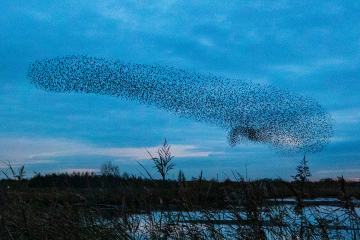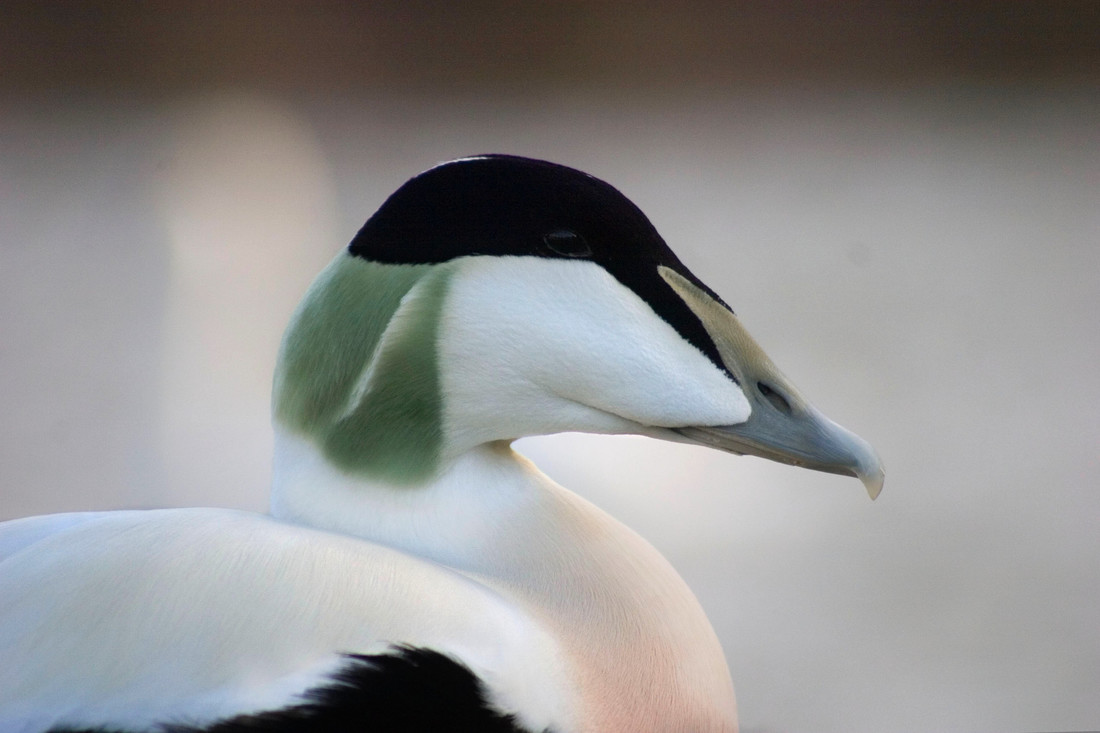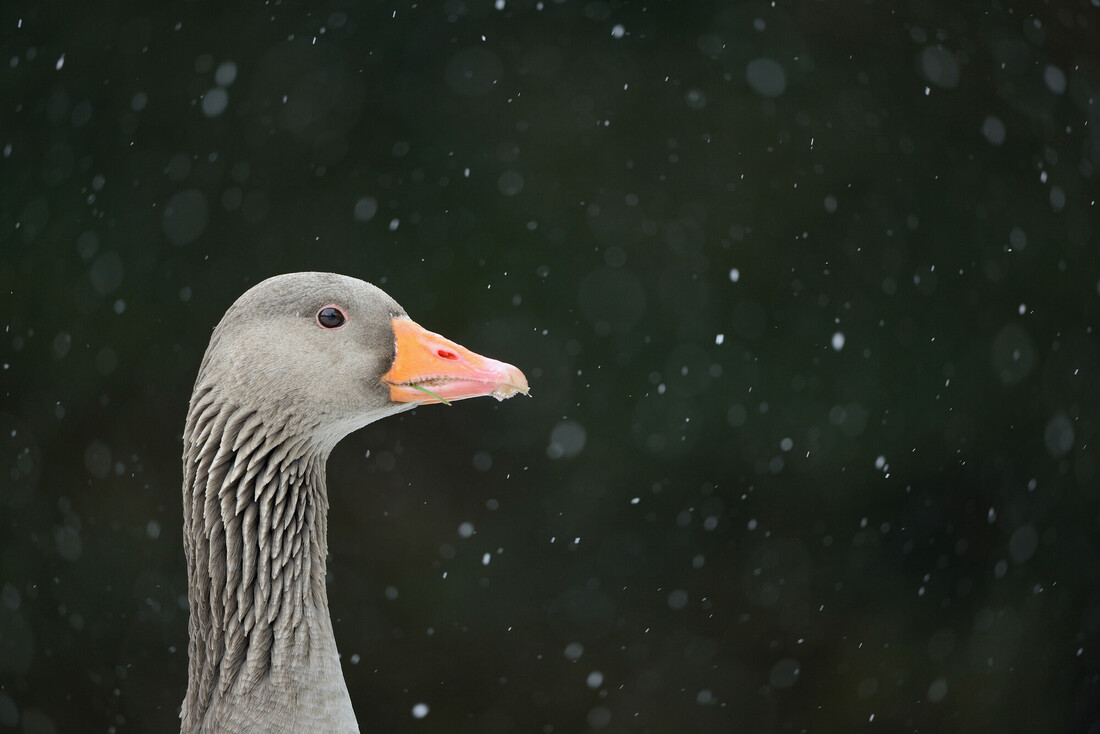Starling Murmuration Returns

Lots of people have taken advantage of our late night openings to see the thousands of pink-footed geese coming to roost for the night. We also now have the added bonus of a murmuration of starlings coming into our reedbed every evening.
To see these spectacles, access to the Martin Mere nature reserve will be free of charge from 5.30 to 7pm on Sat 23rd, Wednesday 27th and Saturday 30th October.
Up to 20,000 starlings have been wheeling around, before flying into the reeds to spend the night. It is the wheeling and reeling around that is known as the murmuration.
Murmurations are one of nature’s wonders, as thousands of starlings move as one large mass, forming a multitude of patterns in the sky. This behaviour lasts for up to an hour, with the mass of starlings getting bigger and bigger by the minute as birds join in from all directions.
It is believed that the murmurations offer each bird greater protection from predators, as the individual odds of getting picked out by a predator become much greater if you are surrounded by 20,000 others, than if you are on your own. Furthermore, the flocking behaviour is thought to make it harder for any predator to pick out and concentrate on catching a single bird.
However, scientists remain befuddled on how the thousands of birds move as one unit and don’t bump into each other. Studies have even included references to particle physics and one study found that each individual bird’s movement affected seven others around it, which is what makes the starlings look like a twisting, morphing cloud.
Murmurations are bigger in the autumn and winter as British starlings are joined by migrant birds escaping colder weather in Europe. However, starling numbers in general are in decline and many murmurations aren’t anywhere near as big as they were ten or twenty years ago. The decline is thought to be as a result of modern farming practices and insecticides reducing the starling’s food supply.
Many murmurations take place at the same sites every year but, at some, they can be more sporadic. At Martin Mere, we had a fantastic murmuration in November 2017 but, until this year, had not seen a repeat. So, if you want to see this spectacle at Martin mere, you need to come soon, as it may not be repeated for a few years.



